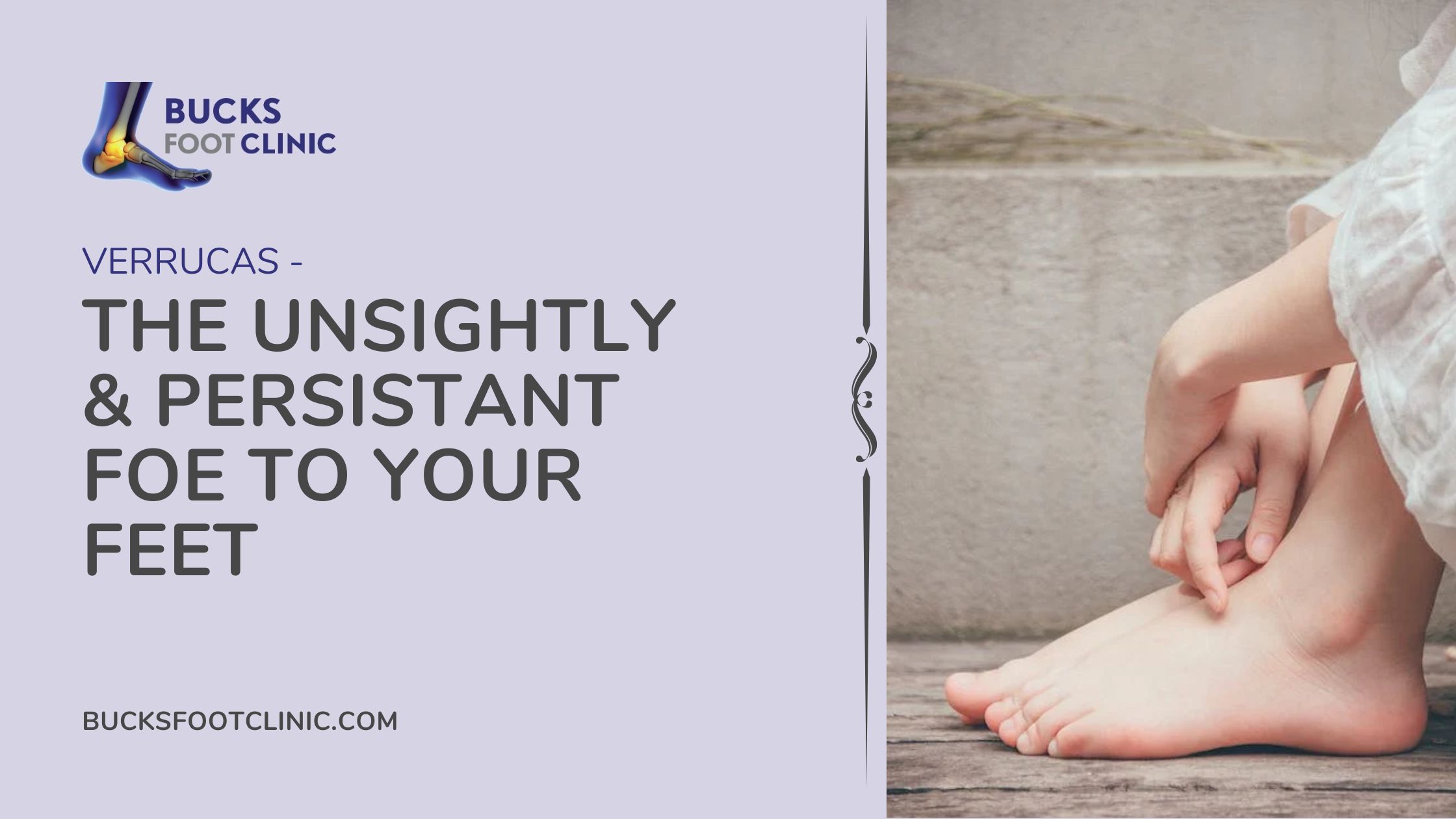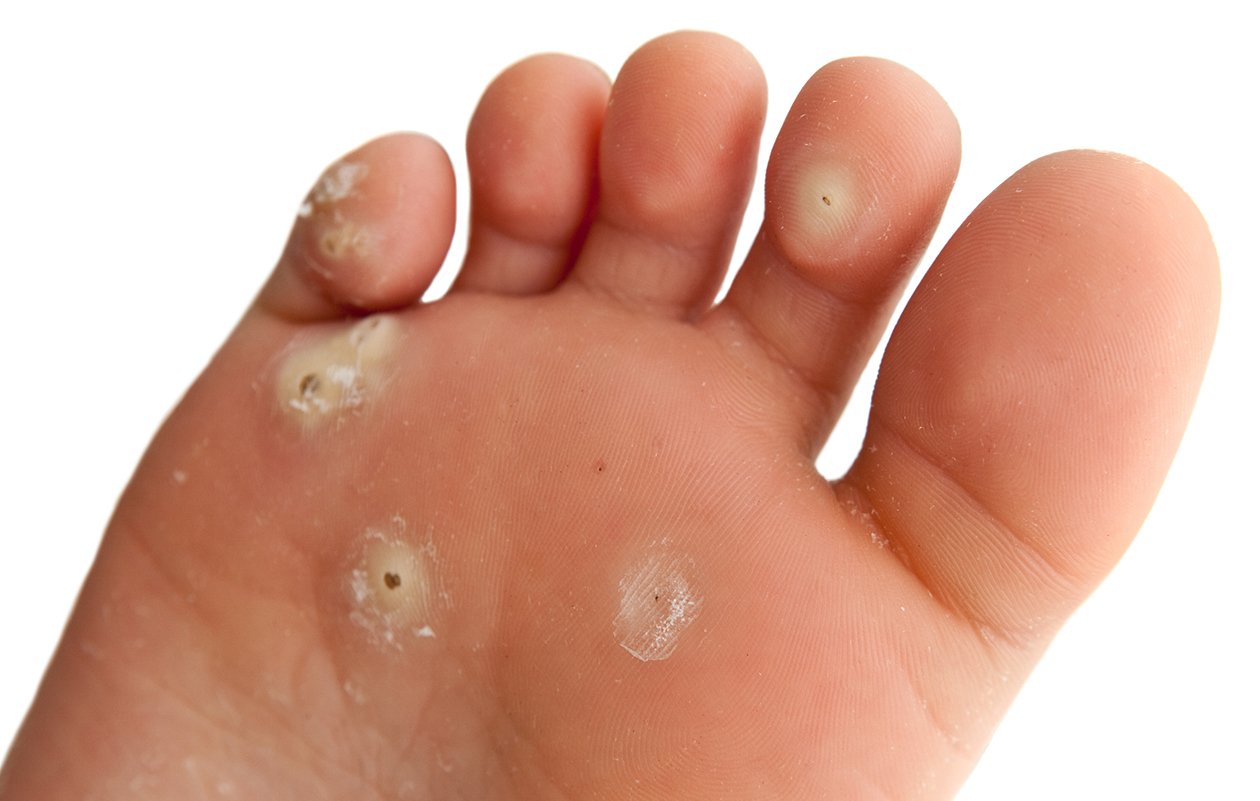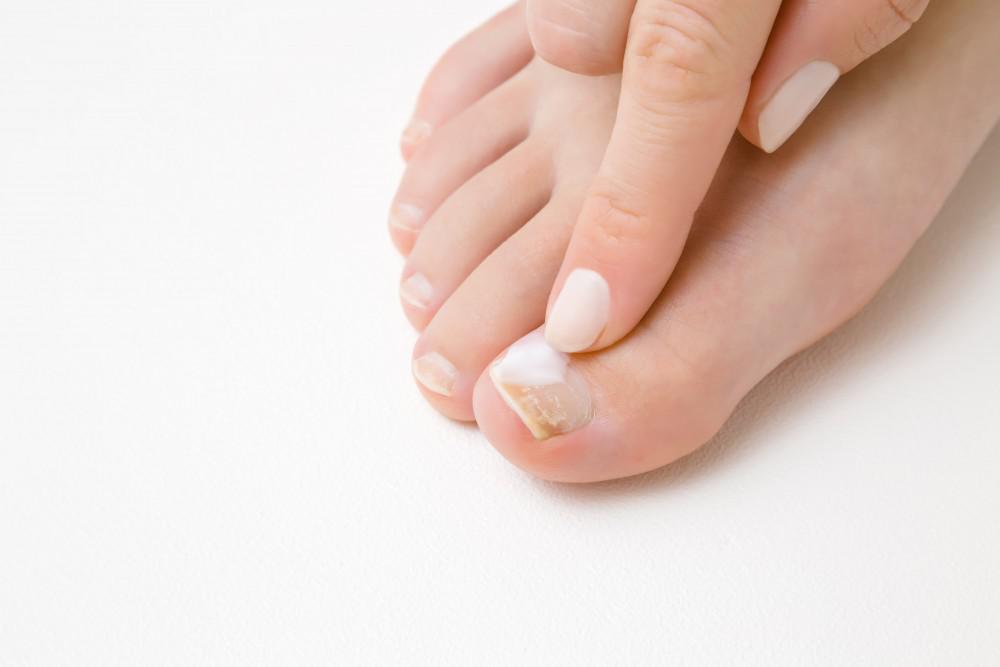
A Common type of infection that’s plagued about 10% of the world’s population. In this article, learn more about Verrucas on feet and Verruca treatment.
More About Verrucae
A very common question people ask is “Is a verruca a sore?”. Verrucas aren’t really sores, but they can cause a feeling of soreness on your feet due to their uncomfortable positioning. In reality, verrucae are a type of wart that are formed by the HPV virus and they tend to be very contagious.
They are difficult to treat, persistent, and unsightly. Some can persevere for years, growing deeper and impacting more and more on daily activities. But like most infections, they can be removed.
These are often confused with corns. Corns are thick skin on your feet that are painful when you walk.
Verrucae and Warts are viral infections that cause think skins, and these hurt when you walk. Since they’re an infection, they are contagious.
How Do Verrucae Spread?
Verruca/Warts can and do spread around the body and feet a lot of the time, they can be passed onto other people. This means that you can infect other people in the family, or can be infected by them. It is normal to get them when you share changing rooms or shower facilities (like swimming pools, or gyms) with other people.
TOP 10 WAYS TO PREVENT VERRUCAE
- Always avoid direct contact with warts, this includes your own warts, always remember to wash your hands after touching the warts / verruca.
- Keep your feet clean and dry, change your socks shoes regularly.
- Avoid walking barefoot around swimming pools locker rooms and gym’s
- Do not pick, scratch warts. They are viral infections and can spread easily
- Do not use the same emery board, pumice stone, or nail clippers that you would use on healthy skin.
- Do not share nail clippers, pumice stones or emery boards with other people. You can pass the infection to them or get it from them
- Boil / wash your socks and bedsheets to prevent passing the virus to other people
- Wear a pair of verrucae socks or use a use a transparent verrucae spray which can stop you getting re-infected.
- Do not share socks or shoes with other people
- Wear flip-flops or wet shoes in communal areas. This prevents the infection of your feet. Keep a
pair of flip-flops or wet shoes when you go to the pools or to the changing room shower.
MEANWHILE AT BUCKS FOOT CLINIC
Behold! the Unsightly Verruca’s Nemesis: The Swift Microwave Machine Swift is a proven solution that attacks verruca at its heart.
HOW DOES SWIFT WORK ITS MAGIC?
While signaling the body’s immune system with its harmless electromagnetic waves to allow it to naturally fight against the virus and heal the affected area, SWIFT also works together to help destroy the verruca. Thankfully, the treatment takes up to 10 seconds per verruca.
Who can benefit from Swift Verruca treatment?
Almost anyone who has stubborn warts and verrucas on feet can benefit this verruca treatment. There are contra-indications to Swift but outside these anyone who has warts/verrucas on their hands or feet can benefit.
Precautions
If any of the following apply to you, speak to your Podiatrist before treatment –
- Metal pins, plates or replacement joints in the foot or ankle
- Pacemaker
- Neuropathy or poor peripheral circulation
- Poor or limited healing capacity
- Immune suppression
- Pregnancy or breast feeding.
- Low pain threshold
- Young children – treatment on children under ten years old may not be appropriate.
Other Forms of Verruca Treatment
Cryosurgery is one of the other forms of treatments. Podiatrists can use chemical therapy (chemotherapy), where they use a selection of different chemicals and acids to treat the virus.
Podiatrists can use, dry needling, where they can force the blood in the body to fight the verruca naturally. This can remove the most stubborn verrucae. they also use homeopathy where we use natural algae to help the body fight the verruca.
Conclusion
Now that you’ve learned more about verrucae, hopefully you’ll be more mindful about the pointers we’ve given in brief about the prevention as well as treatment. Be sure to book an appointment with us regarding your verruca treatment and we’ll make sure you receive the best of care with our Swift treatment here in Little Chalfont and Amersham






Recent Comments